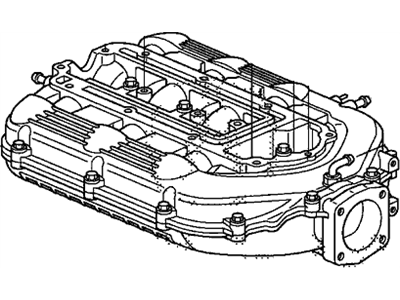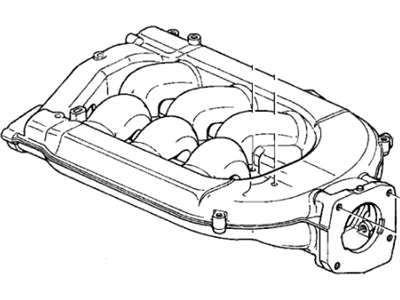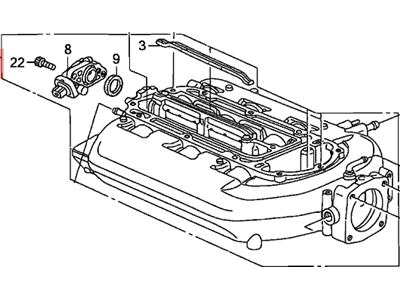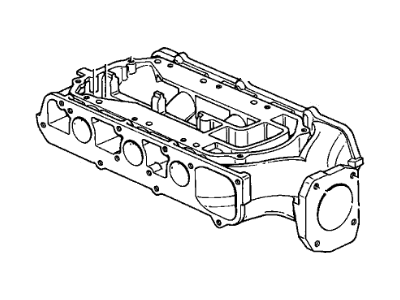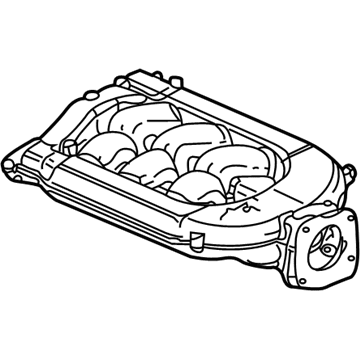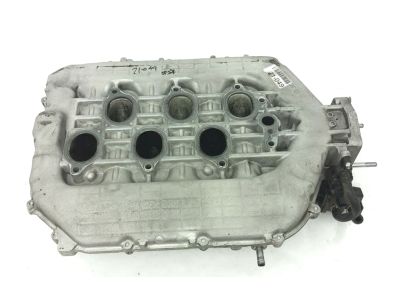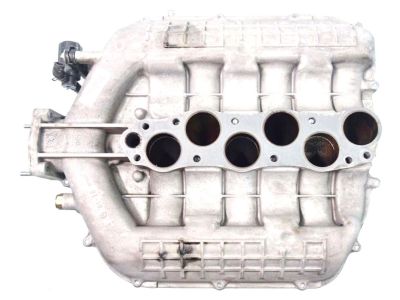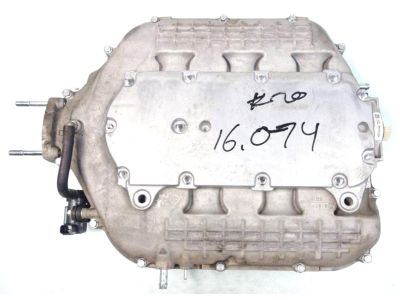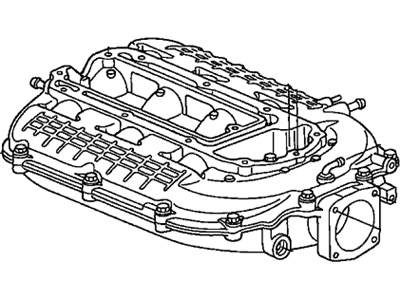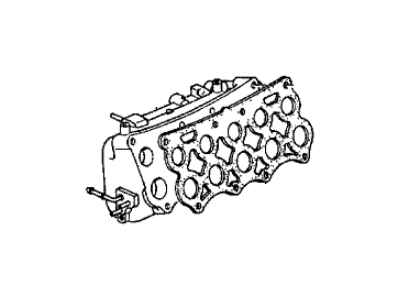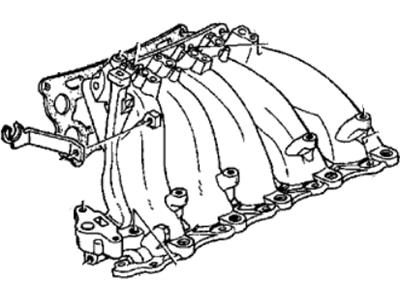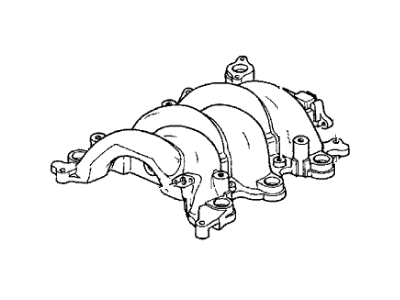×
- Hello
- Login or Register
- Quick Links
- Live Chat
- Track Order
- Parts Availability
- RMA
- Help Center
- Contact Us
- Shop for
- Acura Parts
- Acura Accessories

My Garage
My Account
Cart
Genuine Acura TL Intake Manifold
Engine Intake Manifold- Select Vehicle by Model
- Select Vehicle by VIN
Select Vehicle by Model
orMake
Model
Year
Select Vehicle by VIN
For the most accurate results, select vehicle by your VIN (Vehicle Identification Number).
12 Intake Manifolds found
Acura TL Manifold, In.
Part Number: 17160-RK1-A00$447.70 MSRP: $639.38You Save: $191.68 (30%)Ships in 1-3 Business DaysAcura TL Manifold, In.
Part Number: 17100-P8F-A00$57.90 MSRP: $466.43You Save: $408.53 (88%)Ships in 1-2 Business DaysAcura TL Manifold Sub-Assembly
Part Number: 17030-RDA-A03$606.65 MSRP: $866.40You Save: $259.75 (30%)Ships in 1-3 Business DaysAcura TL Manifold, In.
Part Number: 17100-P8E-A20$190.25 MSRP: $437.90You Save: $247.65 (57%)Ships in 1-2 Business DaysAcura TL Manifold, In.
Part Number: 17030-PGE-A01$378.83 MSRP: $871.98You Save: $493.15 (57%)Ships in 1-2 Business Days

Acura TL Intake Manifold
We provide a broad range of OEM Acura TL Intake Manifold at unbeatable prices on our website. For your OEM parts, You can count on the guaranteed quality, manufacturer's warranty, outstanding customer service, and prompt delivery. We look forward to your visit.
Acura TL Intake Manifold Parts Questions & Experts Answers
- Q: How do you replace the upper intake manifold on Acura TL?A:To replace the upper intake manifold, first relieve the fuel system pressure and disconnect the negative battery cable. Remove the engine cover, which may be secured by clips or bolts depending on the model. Next, take off the air filter housing and air intake duct, then disconnect the accelerator cable, vacuum hoses, and other connections from the throttle body. Note that earlier models use an accelerator cable, while later ones utilize an Electronic Throttle Control system. Remove the EVAP hose and transaxle vent hose mounting bracket if present, then clamp off and detach the coolant hoses to the throttle body, being prepared for some coolant spillage. Disconnect the brake booster hose and PCV hoses from the intake manifold, and label the engine harness connectors for reassembly. Unbolt and set aside the Engine Mount Control solenoid, then remove the intake manifold cover. Follow the reverse order of the tightening sequence to remove the bolts and nuts, then take off the manifold and any spacer plate and gaskets if equipped. For installation, clean the mounting surfaces and install a new gasket over the studs on the lower manifold, followed by the spacer and upper intake manifold, tightening the nuts and bolts in sequence to the specified torque. Install the intake manifold cover and tighten the bolts in sequence, then complete the installation in reverse order, checking the coolant level and running the engine to check for leaks. For the lower intake manifold, first remove the upper intake manifold and fuel rails, then detach the two lower intake manifold sections from the Cylinder Heads, taking care not to damage the gasket mating surfaces. Use a scraper to remove old gasket material and clean the mating surfaces, then install new gaskets and position the lower manifolds on the cylinder heads, ensuring proper alignment. Tighten the fasteners gradually from the center outwards to avoid warping, then install the upper intake manifold with a new gasket. Complete the installation in reverse order, checking the coolant level and running the engine to check for leaks.
Related Acura TL Parts
Browse by Year
2014 Intake Manifold 2013 Intake Manifold 2012 Intake Manifold 2011 Intake Manifold 2010 Intake Manifold 2009 Intake Manifold 2008 Intake Manifold 2007 Intake Manifold 2006 Intake Manifold 2005 Intake Manifold 2004 Intake Manifold 2003 Intake Manifold 2002 Intake Manifold 2001 Intake Manifold 2000 Intake Manifold 1999 Intake Manifold 1998 Intake Manifold 1997 Intake Manifold 1996 Intake Manifold 1995 Intake Manifold
